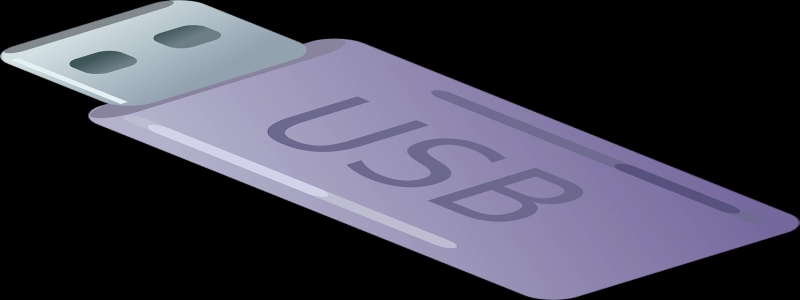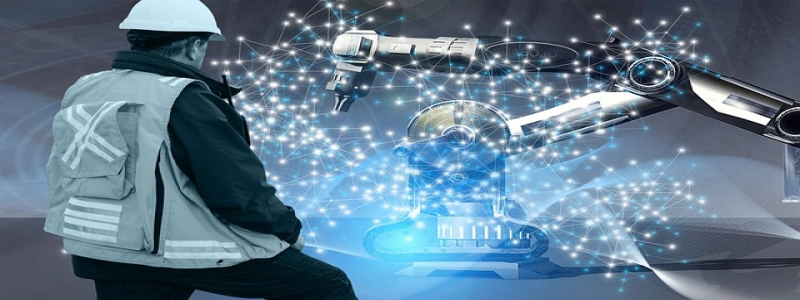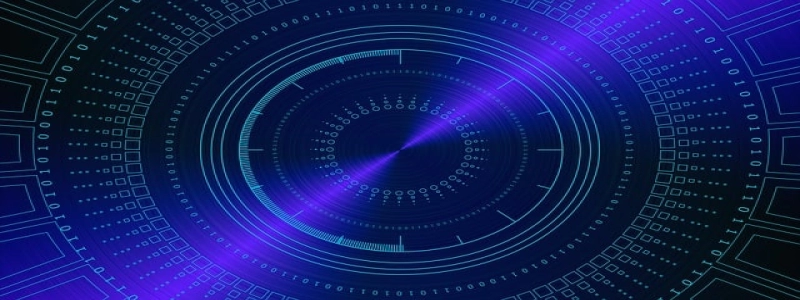Ethernet Power Controller
Introduction:
In this article, we will explore the Ethernet Power Controller, a device that allows for remote power control and monitoring of Ethernet-connected devices. We will discuss its features, applications, and advantages, providing a detailed explanation of its workings.
I. What is an Ethernet Power Controller?
An Ethernet Power Controller is a device that enables the control and monitoring of power to Ethernet-connected equipment remotely. It is commonly used in data centers, remote monitoring systems, and smart buildings to provide convenient power management solutions.
II. Features of Ethernet Power Controller:
1. Remote Power Control: The Ethernet Power Controller allows users to remotely turn on, turn off, or reboot devices connected to the network. This feature is particularly useful for troubleshooting, reducing downtime, and improving operational efficiency.
2. Power Scheduling: With this feature, users can schedule power cycles for connected devices, such as turning on or off at specific times. It helps in energy conservation, automation, and equipment maintenance.
3. Power Monitoring: The Ethernet Power Controller provides real-time monitoring of power consumption for each connected device. This information enables users to identify power usage patterns, optimize energy efficiency, and detect any anomalies or malfunctions.
4. Alarms and Notifications: The device can send alarms and notifications to users via email or SMS in case of power failures, irregular power consumption, or other specified events. This feature ensures prompt awareness of any issues and allows for immediate action.
5. Web-Based User Interface: The Ethernet Power Controller incorporates a user-friendly web interface, enabling easy configuration, monitoring, and management of connected devices from any computer or mobile device with internet access.
III. Applications of Ethernet Power Controller:
1. Data Centers: With the ability to remotely control and monitor power to racks, servers, switches, and other network equipment, the Ethernet Power Controller enhances the management, energy efficiency, and reliability of data centers.
2. Remote Monitoring Systems: In applications such as security systems, surveillance cameras, or environmental monitoring devices, the Ethernet Power Controller enables efficient remote power control and monitoring, reducing the need for physical intervention.
3. Smart Buildings: Ethernet Power Controllers are utilized in smart buildings to automate power management of various connected devices, such as lighting systems, HVAC controls, and access control systems. It significantly contributes to energy conservation and cost savings.
IV. Advantages of Ethernet Power Controller:
1. Remote Accessibility: The Ethernet Power Controller offers remote access over the network, allowing users to control and monitor devices from anywhere, anytime. This remote accessibility saves time, effort, and resources.
2. Energy Efficiency: By providing power scheduling, monitoring, and optimization capabilities, the Ethernet Power Controller helps in improving energy efficiency, reducing energy waste, and ultimately lowering operational costs.
3. Troubleshooting and Maintenance: The power control and monitoring features enable quick troubleshooting and maintenance of devices without physical presence, minimizing downtime and increasing productivity.
4. Centralized Management: With a single Ethernet Power Controller managing multiple devices, the complexity of power management is reduced. It offers a centralized platform for effective management and streamlined operations.
Conclusion:
In conclusion, the Ethernet Power Controller is a versatile device that offers numerous benefits in power control and management of Ethernet-connected devices. Its remote accessibility, power scheduling, monitoring capabilities, and centralized management make it an essential tool in various industries such as data centers, remote monitoring, and smart buildings. By incorporating an Ethernet Power Controller, organizations can enhance power efficiency, reduce downtime, and improve overall operational efficiency.








